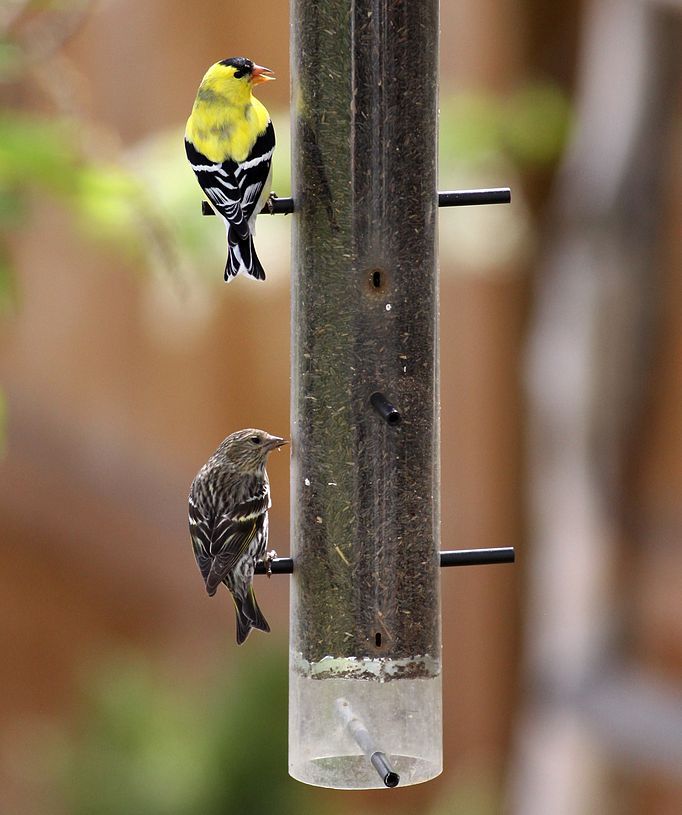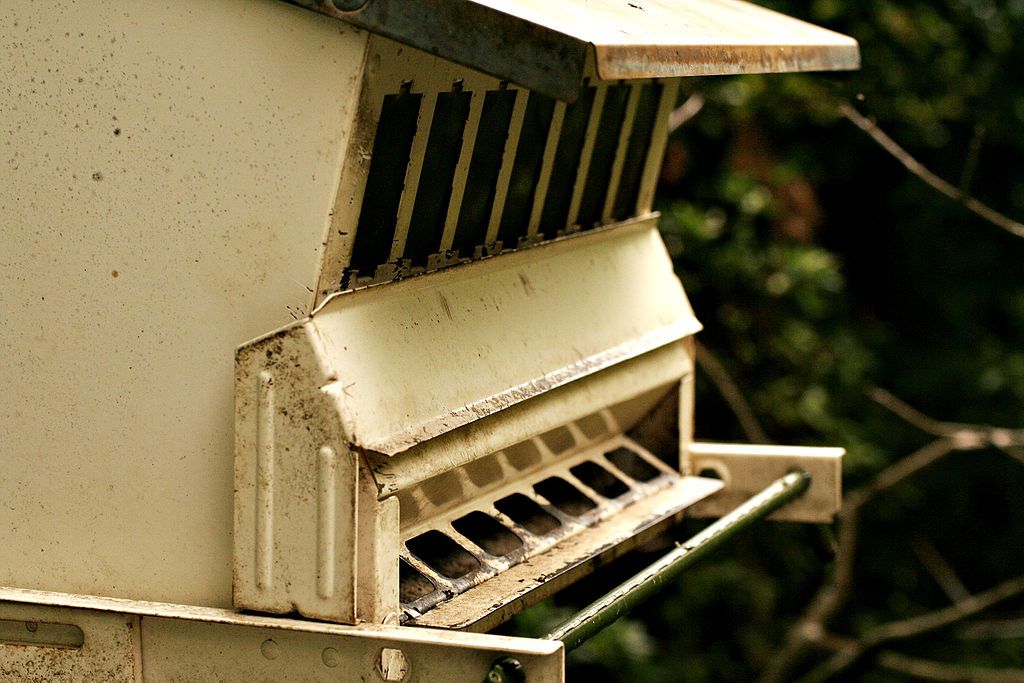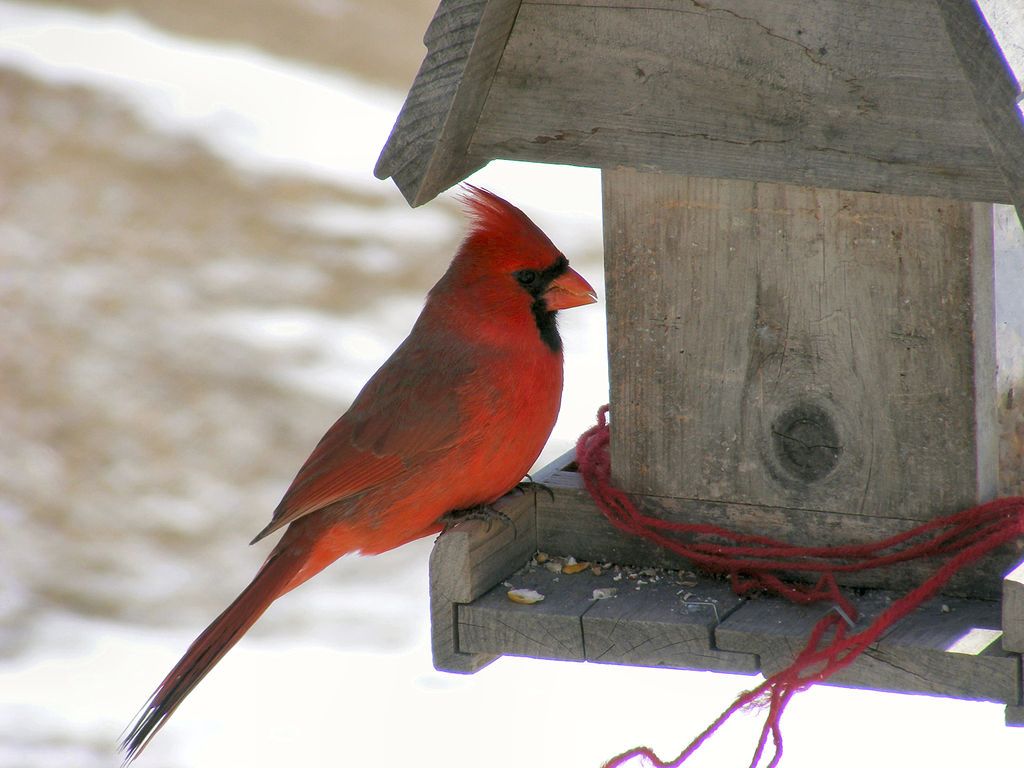
7 March 2021
This winter’s influx of northern finches has brought new enjoyment to backyard birders and death to some of the feeder birds. Pine siskins (Spinus pinus) especially are succumbing to salmonellosis, a bacterial illness spread at bird feeders.
“The first indication of the disease for bird watchers to look for is often a seemingly tame bird on or near a feeder. The birds become very lethargic, fluff out their feathers, and are easy to approach. This kind of behavior is generally uncommon to birds,” Mansfield said. “Unfortunately, at this point there is very little people can do to treat them. The best course it to leave the birds alone.”
— WDFW: Help protect wild birds from deadly salmonellosis
Reports of dead and dying feeder-birds in Washington state have prompted the Washington Department of Fish and Wildlife to urge people not to feed the birds until at least April 1.
It’s happening here too though not enough for an advisory, but that’s beside the point. Protect your backyard birds. Clean your feeders! What you can’t see is hurting them.

The Spruce published these handy cleaning tips, summarized below:
- Clean your bird equipment every 2 weeks, more often when a lot of birds are visiting. Crowding spreads disease.
- Empty the feeder; throw away dirty seed! (I’ve learned this lesson, too. I once had mold in the nyger feeder.)
- Mix the cleaning solution: 1 part bleach to 9 parts hot water
- Take feeder apart and soak it to loosen dirt.
- Then clean thoroughly
- Dry thoroughly
- Reassemble and refill. Ta dah!
The Spruce suggests that when you’re in the market for new bird feeders, think about how you will clean them. Sometimes wood can be hard to clean.

Read more at All About Birds and The Spruce.
(photos from Wikimedia Commons; click on the captions to see the originals)
Seeds on the ground below feeders are a particular hazard because of mixed-in bird droppings. I used to have piles of them that I’d shovel up once or twice a year and never thought they might be a problem, but I’ve since moved and now use sunflower hearts without shells.
See here for that and more:
http://ornithology.com/diseases-at-bird-feeders/